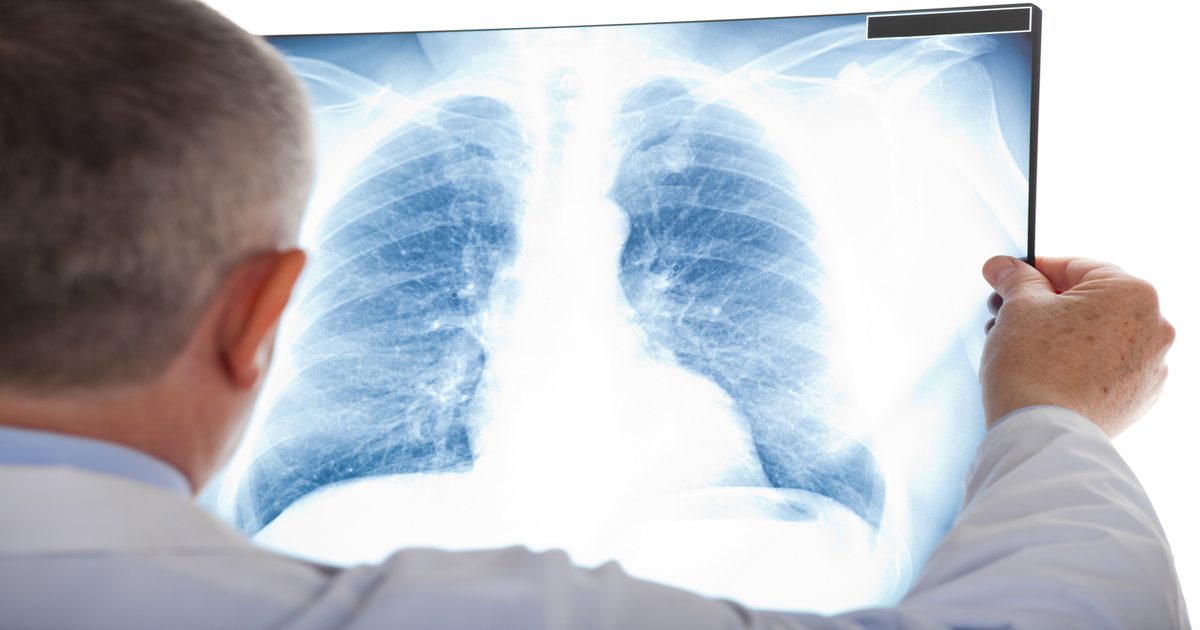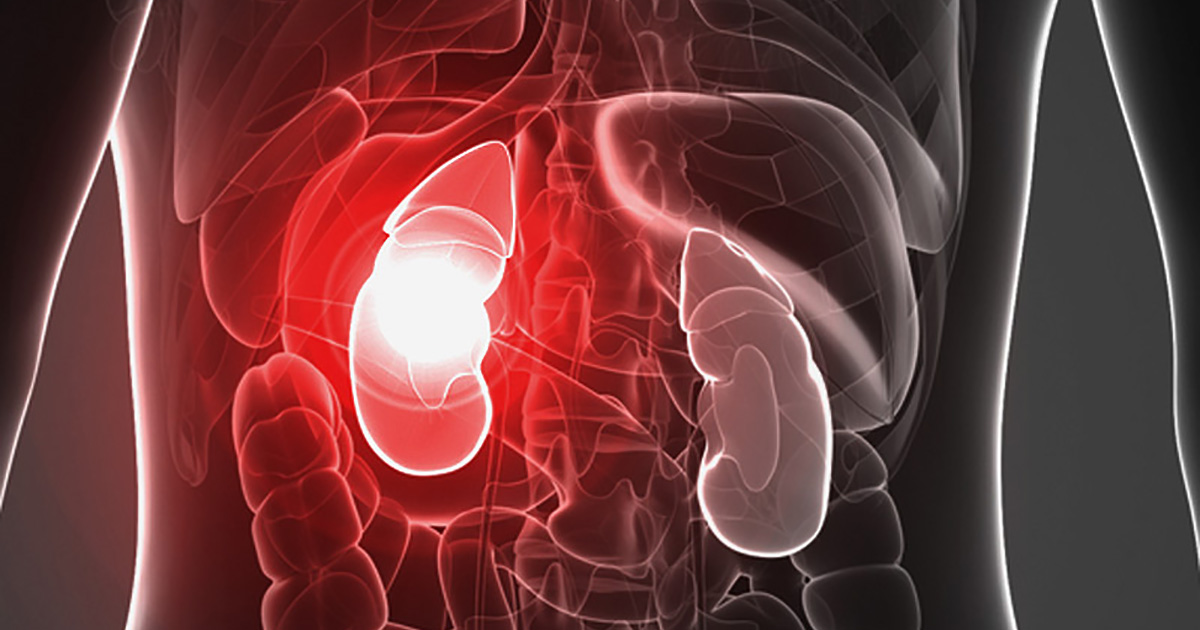What Are The Complications Of Tuberous Sclerosis?
Tuberous sclerosis is a rarely-occurring disease that causes tumors to grow in an individual's brain and other organs. Growths might occur in the lungs, heart, eyes, kidneys, and skin. In most cases, they're benign. Tuberous sclerosis may have signs present from birth, though some symptoms develop over time. The first signs include spots on the skin and seizures. Some patients might have learning disabilities or difficult-to-control seizures. There are multiple potential complications of the condition, and they vary depending on the location and size of the tumors. While the initial symptoms of tuberous sclerosis often occur very early in life, there are other symptoms and complications that might not occur until late childhood or adulthood.
Get familiar with the major complications of tuberous sclerosis now.
Damage To Vision

Some individuals with tuberous sclerosis experience damage to their vision. Growths sometimes appear on the retina, the light-sensitive portion of the eye. It's not guaranteed these growths will cause damage to vision, but they can. There may be growths on the eyelid when facial angiofibromas are involved, but there don't tend to be growths on the outer portion of the eye. It's rare for patients to experience total blindness due to tuberous sclerosis. There are a few factors that can contribute to vision loss, but if the retinal or optic nerve tumors interfere with visual data-gathering, there may be vision impairment. Vision impairment might also occur when there are brain tumors affecting the brain's visual processing center. Right now, there's not enough research to determine if severe tuberous sclerosis leads to progressive vision loss.
Learn more about the complications of tuberous sclerosis now.
Lung Failure

Tuberous sclerosis patients might have lung problems due to growths developing in the lungs, which can lead to shortness of breath, particularly when exercising or engaging in other physical activities. Lung tumors appear to occur more commonly in women. The most common type of lung involvement is lymphangioleiomyomatosis (LAM). With LAM, an unusual muscle cell invades the lungs, blood, airways, and lymph vessels. The cells destroy a patient's lungs over time. It's difficult for oxygen to move from the airway to the blood cells, so the lungs have trouble giving adequate oxygen to the body. The hallmark symptom of LAM is the development of pulmonary cysts. These cysts might not cause symptoms, but if they rupture, they can lead to gas or air in the area around the lungs. This causes chest pain and shortness of breath. Patients who experience these symptoms should seek emergency medical care.
Continue reading to reveal more complications associated with tuberous sclerosis now.
Excess Fluid Around And In The Brain

There are a number of different tumors that can occur in tuberous sclerosis. In around five to fifteen percent of individuals, tumors called subependymal giant cell astrocytomas (SEGAs) develop. These tumors can block certain brain functions and may lead to hydrocephalus when they block cerebrospinal fluid from flowing properly in the brain. Hydrocephalus occurs when excess amounts of cerebrospinal fluid accumulate around and inside the brain. When this fluid accumulates in the skull, it leads to abnormal pressure against the brain. Symptoms vary depending on the severity, but patients commonly experience behavioral changes, irritability, vomiting, nausea, and headaches. Other brain tumors can also lead to hydrocephalus, but not with the same frequency as subependymal giant cell astrocytomas.
Discover additional tuberous sclerosis complications now.
Kidney Damage

The majority of individuals with tuberous sclerosis develop benign tumors on the kidneys. As they age, they might develop even more kidney growths. Depending on the size and location of the growths, there might be potentially life-threatening kidney damage. Growths might cause bleeding in the kidneys or high blood pressure. They can also lead to renal failure if they inhibit the ability of the kidneys to perform the necessary functions for the body's upkeep. There have also been rare cases in which the kidney growths turn cancerous. Tuberous sclerosis presents with renal cysts, renal cell carcinoma, and renal angiomyolipoma. Angiomyolipomas tend to be the biggest causes of concern. Their blood vessels are abnormally formed and can develop weak spots called aneurysms, which leads to bleeding if they burst. The bleeding is life-threatening in around twenty percent of cases. Angiomyolipomata is estimated to occur in over eighty percent of tuberous sclerosis patients, and most have angiomyolipomas in both kidneys.
Get the details on more complications linked to tuberous sclerosis now.
Dysrhythmia

When there are growths in the heart, there can be cardiovascular issues like blood flow blockage or dysrhythmia. These complications most commonly occur in infants. Dysrhythmia is the medical term for problems with the heart's rhythm. While some dysrhythmias are harmless, others can be life-threatening without treatment. When the heart beats too quickly, the condition is called tachycardia, and when it beats too slowly, the condition is called bradycardia. The heart might also have an irregular mix of tachycardia and bradycardia. The most common type of dysrhythmia is atrial fibrillation. This causes the heart's upper chambers to fibrillate. They beat irregularly and rapidly, causing the blood not to be pumped efficiently to an individual's body.
